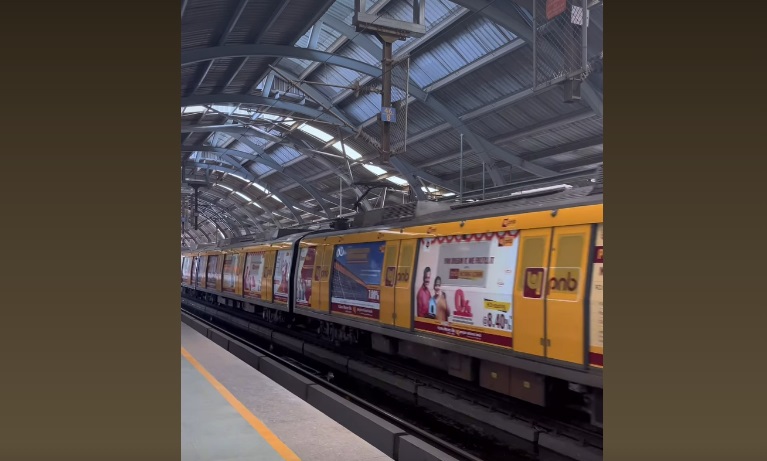Bhagalpur Metro’s Future: Third Rail System to Replace Overhead Wires

Bhagalpur: In a shift from traditional practices, Bhagalpur’s future metro service will employ a third rail system instead of the conventional overhead wire method. This decision comes as city planners and officials adapt to the unique geographical constraints of the region.
An official from the Uttar Pradesh Metro Rail Corporation (UPMRC) explained that due to the narrow roads in Bhagalpur, the feasibility report suggests using the third rail system for metro operations. This approach is deemed more suitable for the city’s infrastructure.
The third rail system is an electrification method where an additional rail, located between the tracks, supplies power to the metro trains. This rail, constructed from steel or carbon, transmits electric currents directly to the train’s wheels. The contact between the train’s wheels and the third rail allows the metro to operate efficiently.
Compared to the overhead wire system, the third rail method is considered safer and more reliable, reducing the risk of accidents. It is particularly well-suited for metro systems operating within urban environments.
The third rail system is already in use in several cities, including Lucknow, Kanpur, and Hyderabad. Additionally, over 40% of the metro lines in Delhi, Kolkata, Mumbai, and Bengaluru utilize this system. The upcoming metro service in Patna will also incorporate the third rail system.
In line with the city’s topography, all metro lines in Bhagalpur will be constructed as elevated tracks rather than underground. The elevated metro junction will be strategically located near the central bus stand adjacent to the railway station, optimizing accessibility and safety.





